Menstrual pain: a burden on women . menstrual pain , also known as dysmenorrhea is characterized by cramping abdominal discomfort and other symptoms. It can significantly impact a womans daily activities and overall well - being. the prevalence of menstrual pain is a common issue among women , leading to significant discomfort and reduced quality of life. this comprehensive research aims to explore the efficacy of herbal formulations in alleviating menstrual pain. conventional treatment for primary dysmenorrhoea has failure rate of 20 % to 25% and may be contraindicated or not tolerated by some women . herbal medicine may be a suitable alternative . to determine the efficacy and safety of iranian herbal medicine for primary dysmenorrhea when compared with placebo , no treatment , and other treatment.
Dysmenorrhea is a Greek term for "painful monthly bleeding." Dysmenorrhea can be classified as primary or secondary. Primary dysmenorrhea is recurrent lower abdominal pain that happens during the menstrual cycle and is not associated with other diseases or underlying pathology. It is a diagnosis of exclusion. In contrast, secondary dysmenorrhea is associated with suspected or clinically identifiable pathology. Dysmenorrhea is a common complaint among menstruating patients during their reproductive years. Dysmenorrhea may be associated with significant negative emotional, psychological, and functional health impacts.
Primary dysmenorrhea classically begins within about 2 years of menarche or once ovulatory cycles have been established. It is more often a diagnosis made in adolescents and young adults. The cyclic pain starts within a few hours of the onset of menses and usually resolves within 72 hours . The pain is located midline in the pelvis and may radiate to the lumbar area of the back or upper legs. It may be crampy and episodic and is usually similar in each menstrual cycle. Concomitant symptoms may include nausea, vomiting, headaches, dizziness, fatigue, and sleep difficulties.
Dysmenorrhoea is also known as menstrual cramps .it is derived from the Greek words dys, meaning difficult/painful/ abnormal; meno, month; and rrhea, to flow. In women’s reproductive years, dysmenorrhoea is one of the most common gynaecological conditions that affect the quality of life. In India, 40.7%, United States of America 85% and Italy 84.1% were estimated prevalence rates. During menstruation and few days before menstruation as well as normally subsides as menstruation finishes occurring dysmenorrhoea. Primary dysmenorrhoea is occurring in the absence of uterine condition while secondary is due to pathology condition of pelvic. Symptoms caused by dysmenorrhoea caused by high levels of prostaglandins (pain and inflammation hormone), nausea or dizziness, loose stools (diarrhoea), irritability, headaches and Menstrual cramps without an endometriosis, uterine fibroids, pelvic inflammatory disease (underlying health condition) that mainly occurs during the first few days and just before a woman's menstrual period .
There are various risk factors which are associated with the period of primary dysmenorrhoea are poor sleep, hygiene, alcohol, cigarette smoking, caffeine consumption, a family history of dysmenorrhoea, lack of exercise, obesity, stressful lifestyle, dietary habits, and long menstrual cycles . In the adolescent populations, spasmodic rates of dysmenorrhoea ranging from 16% to 91% were revealed from the published studies . This review emphasis on dysmenorrhoea management by the therapeutics use of herbs.
SYMPTOMS – Menstrual cramps usually refers to a dull , throbbing , cramping pain in the lower abdomen , just above the pelvic bone .
Other Symptoms May Include:
- Pain in the lower back and thighs
- Nausea and Vomiting
- Sweating
- Faintness and Dizziness
- Diarrhea or loose stools
- Constipation
- Bloating and Headaches.
Prevention
People can also try certain lifestyle measures to reduce cramping. These include; [3]
- Exercising Regularly
- Trying to reduce stress – for example , practicing meditation , mindfulness , or Yoga
Home Remedies
Some natural remedies that may provide relief are [3]:
- Applying a heat pad to the lower abdomen
- Practicing relaxation and mindfulness tecniques
- Engaging in physical exercise , such as jogging or yoga
- Taking a warm bath or shower
- Having a massage
Herbal Tea –
Herbal tea, according to many, look like tea and is brewed as the same way as tea, but in reality it is not considered a tea at all. This is due to the fact that they do not originate from the Camellia Sinensis bush, the plant from which all teas are made. Herbal teas are actually mixtures of several ingredients, and are more accurately known as‘tisanes.’ Tisanes are made from combinations of dried leaves, seeds, grasses, nuts, barks, fruits, flowers, or other botanical elements that give them their taste and provide the benefits of herbal teas.
Unlike most other forms of tea, herbal teas do not contain caffeine. They also taste great and are easy to drink. Most herbal teas may consist of one main herbal ingredient or a blend of herbal ingredients, intended to bring about a specific purpose, such as relaxation, rejuvenation, relief from a specific condition, amongst other things.
It is also important to understand that there are a huge variety of herbal teas available in the market, each of which is designed to have a specific therapeutic or medicinal benefit. However, there are some general benefits that can be obtained from most herbal teas, and these are as follows:
- achieving a more calm and relaxed state of mind
- supporting heart health
- aiding with stomach and digestive problems
- providing cleansing properties for the body
- promoting energy and wellness
- nourishing the nervous system
- strengthening the immune system
- providing antioxidants to the body
- boosting energy levels and invigorating the body
- relieving stress
- helping to avoid colds
- stimulating the internal organs
- promoting a good night’s sleep
- caffeine free
Advantages:
Herbal Teas are commonly consumed for its therapeutic and energizing properties, since it can help to induce relaxation. Being able to aid with stomach or digestive problems, herbal teas can help provide cleansing properties to the body, and strengthens the immune system as well. It is important to note that different herbs might have different medicinal properties, which thus allows us to make our own herbal infusions according to how we want the cup of tea to benefit us.
Disadvantages:
Some of the disadvantages of consuming certain herbal teas are as follows: Some of these teas are prone to contain potential toxic chemicals like dyes, adhesive, flavour enhancers, either from their area of growth or during manufacture
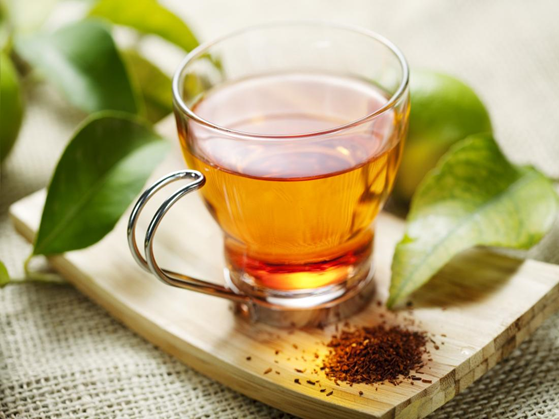
Figure 4. Herbal Tea
Aim And Objective
AIM: To formulate and explore the efficacy of herbal tea for menstrual pain relief.
Objective:
The main objective and aim of this research is to treat or to overcome the menstruation pain by using natural Ingredient.
Other objectives of this formulation are:
- To provide therapeutic benefits to treat pain other than drug.
- To provide anti-inflammatory properties that can reduce bloating and inflammation.
- To provide antispasmodic compounds that can reduce the muscle spasms in the uterus that cause craming.
- Drinking cinnamon, ginger, ajwain, fennel teas can help with bloating and pain relief.
Selection Of Herb
Herbal Formulations:
Traditional Wisdom For centuries, various cultures have utilized These formulations often containnatural ingredients with potential analgesic and anti-inflammatory properties.
Common Herbal Ingredient
Herbal formulations for menstrual pain may include ingredients such as ginger, Caraway, fennel, turmeric, chamomile, and valerian root. These natural compounds are believed to possess pain-relieving and soothing properties.
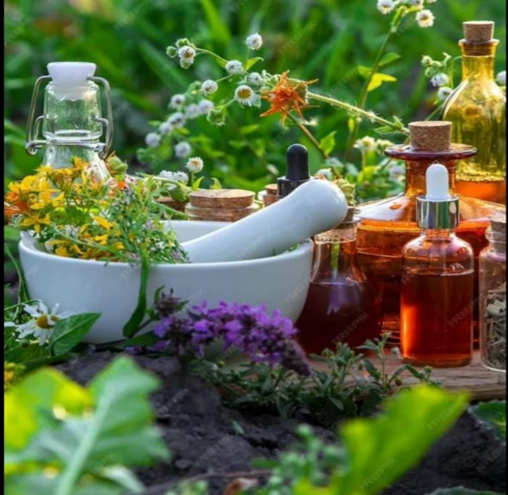
Figure 5 Common herbal ingredient
Plant Profile:
1.Caraway –
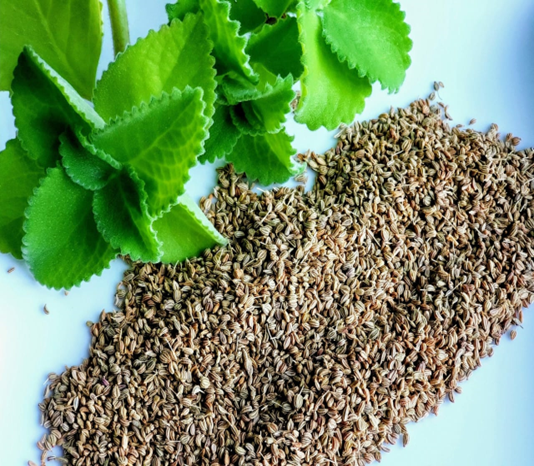
Figure 6. Caraway
Synonym - Caraway fruits, Fructus carvi, Carum, Caraway Seed.
Biological source -Caraway consists Biological of the dried ripe fruits of Carum carvi Linn.
Family - Umbelliferae.
Geographical Source - It is cultivated widely in northern and central parts of Europe, Turkey in Asia, India, and North Africa. It is also available in Canada, the United States, Morocco, Germany, Russia, Norway, and Sweden.
Chemical Constituents -
Ajowan contains an essential oil (2–3.5%), protein (17.1%), and fat (21.8%). Ajowan oil is a colourless or brownish yellow liquid possessing a characteristic odour of thymol and a sharp taste.
Uses – Improve digestive health.
Provide relief from cough and congestion.
Fight bacteria and infection.
Have anti-inflammatory effects.
Zingiber Officinale
Synonym – Rhizoma zingiberis, Zingibere.
Family – Zingiberaceae
Biological Source – Ginger consists of the dried rhizomes of the Zingiber officinale Roscoe.
Geographical Source: The ginger are mostly cultivates in India, Japan, Nigeria, Jamaica, West Indies and Africa.
Chemical Constituents –
Ginger contains 1 to 2% volatile oil, 5 to 8% pungent resinous mass and starch. Ginger is abundant in active constituents, such as phenolic and terpene compounds . The phenolic compounds in ginger are mainly gingerols, shogaols, and paradols.
Use-Used to help prevent or treat nausea and vomiting from motion sickness, pregnancy and cancer chemotherapy. it is also used to treat mild stomach upset, to reduce pain of osteoarthritis and may even be used in heart disease,
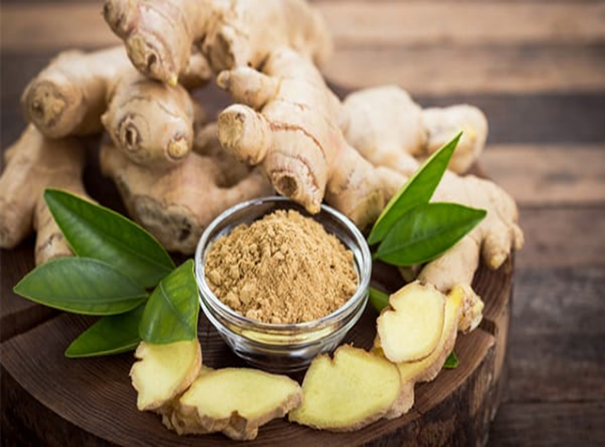
Figure 7. Ginger
Fennel (Foeniculum Vulgare)
Synonym – Fructus foeniculli, Fennel fruit, Fenkel, Florence fennel, Sweet fennel, Wild fennel, Large fennel.
Family – Umbelliferae
Biological Source – Umbelliferae Fennel consists of the dried ripe fruits of Foeniculum vulgare Miller.
Geographical Source -
Fennel is indigenous to Mediterranean countries and Asia; it is largely cultivated in France, Saxony, Japan, Galicia, Russia, India, and Persia.
Chemical Constituents –
The major components of F. vulgare seed essential oil have been reported to be trans-anethole, fenchone, estragol (methyl chavicol), and ?-phellandrene.
Use-It provide antioxidant, anti-inflammatory and antibacterial effect.
It is used for various digestive problems including heartburn, intestinal gas, bloating, loss of appetite and colic in infants.
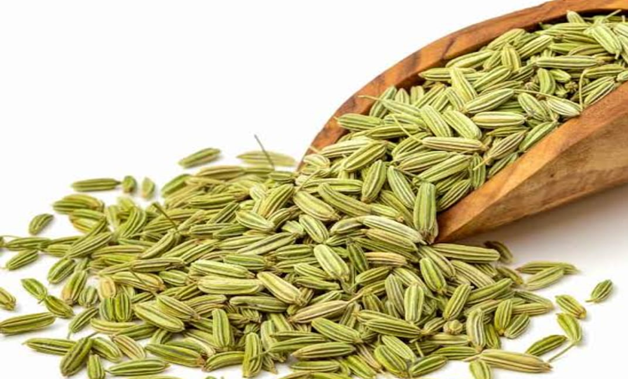
Figure 8. Fennel
Cinnamon –
Synonym – cinnamon bark , kalmi – dalchini , ceylon cinnamon .
Family – lauraceae .
Biological Source –it is an dried inner bark of the shoots of coppiced trees of cinnamomum zeylanicum .(cinnamomum verum ).
Geographical Sources -
Cinnamomum zeylanicum is widely cultivated in Ceylon, Java, Sumatra, West Indies, Brazil, Mauritius, Jamaica, and India.
Chemical Constituents –
Cinnamon contains about 10% of volatile oil, tannin, mucilage, calcium oxalate and sugar. Volatile oil contains 50 to 65% cinnamic aldehyde, along with 5 to 10% eugenol, terpene hydrocarbons and small quantities of ketones and alcohols.
Use-It is used as an antioxidant, anti-inflammatory, antidiabetic, antimicrobial, anticancer, lipid- lowering and cardiovascular disease lowering compound.
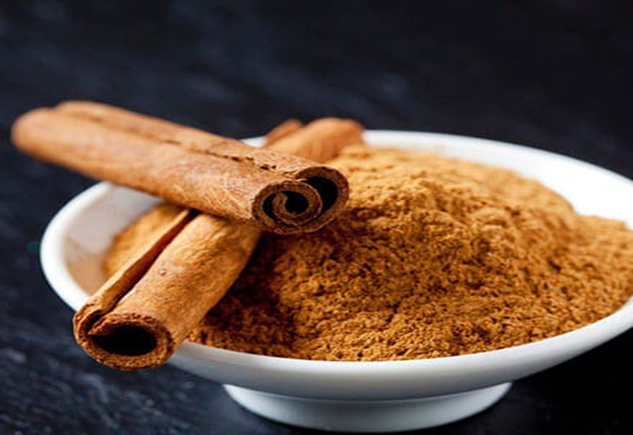
Figure 9. cinnamon
Methods And Material:
Ingredients –
Dried ginger pieces or ginger root
Cinnamon bark
Dried fennel
Ajwain powder
Liquirice
Equipments –
Mortal and pestle or a grinder (for crushing or grinding ingredients)
Mixing bowls and spoons
Airtight containers for storage
Tea bags or loose leaf tea filters
Steps –


 Akanksha Rajesh Yadav*
Akanksha Rajesh Yadav*
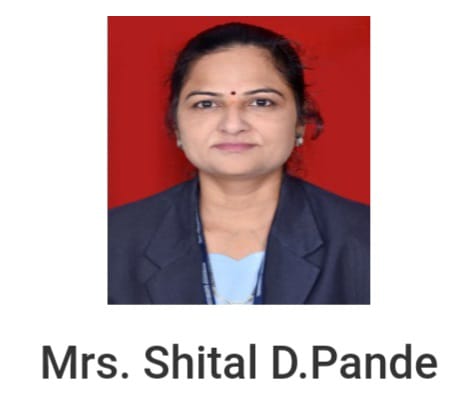 Shital pande
Shital pande
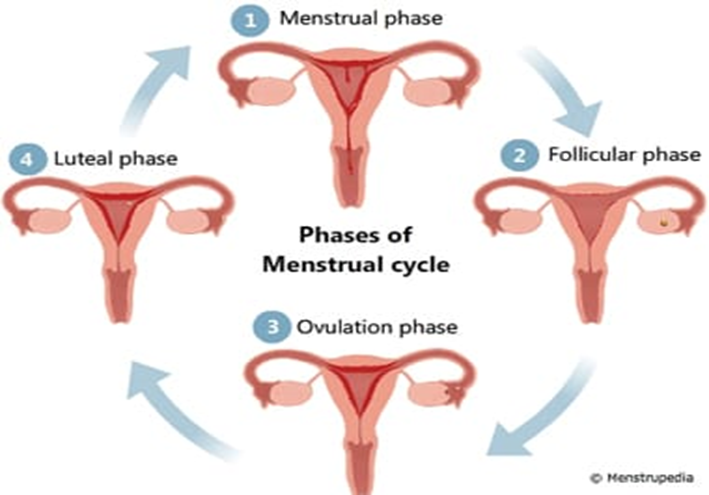
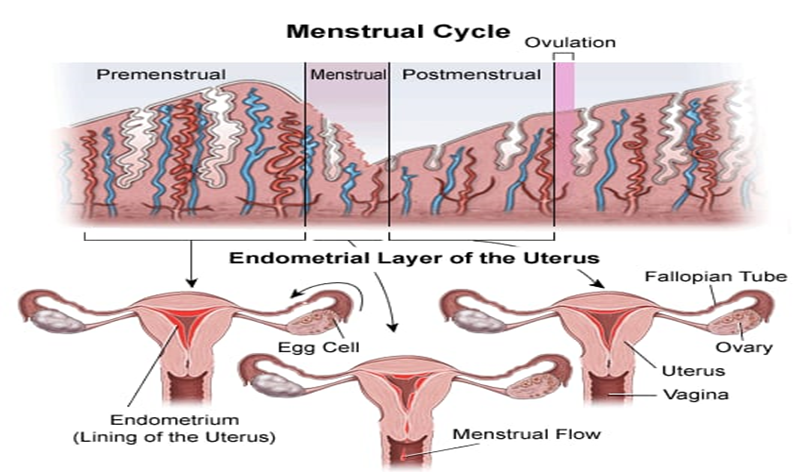
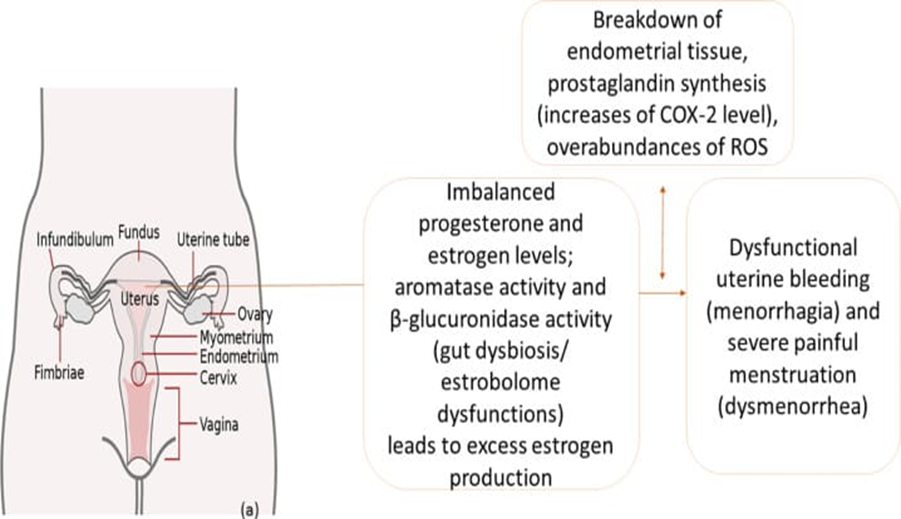






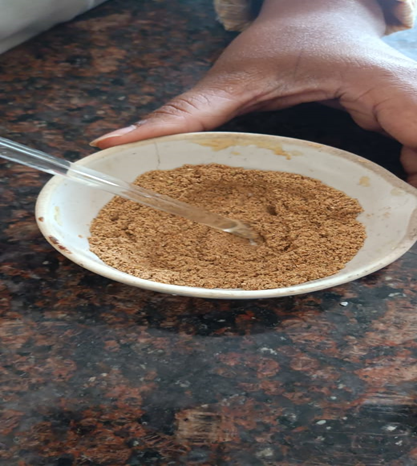
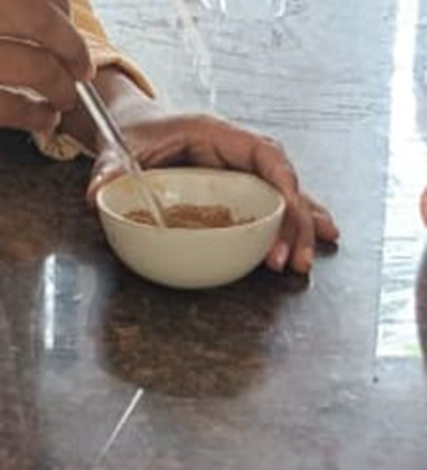
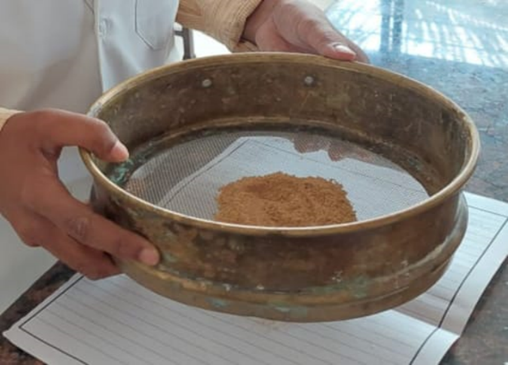
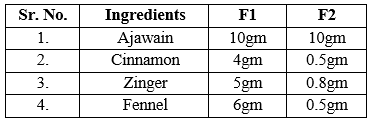
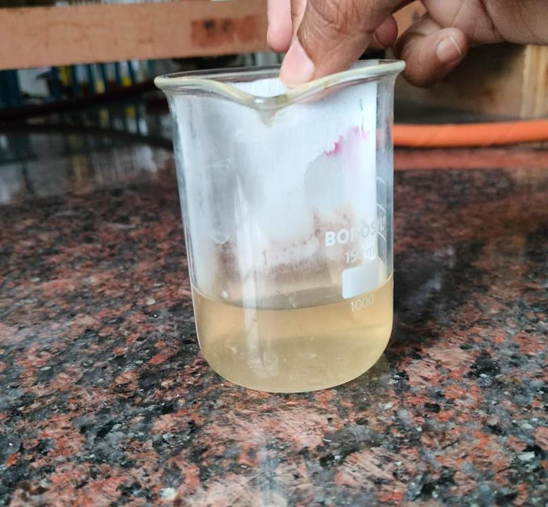

 10.5281/zenodo.12730367
10.5281/zenodo.12730367